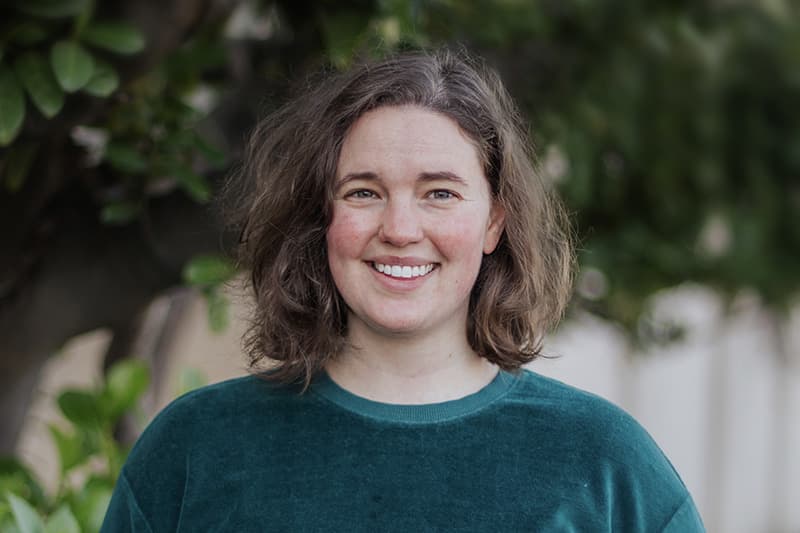
Meyer Sound: Sustainability & Innovation
Meyer leverages power and performance to build greener products.
Meyer Sound strives to minimise its carbon footprint in every aspect of business, following sustainable manufacturing practices, partnering with sustainability-focused organisations to define and meet environmental goals, and envisioning future products with a green perspective.
Meyer Sound’s Director of Loudspeaker Development, Katharine ‘Katie’ Murphy Khulusi, sheds light on the company’s multifaceted green goals and explains how prioritising sustainability throughout a product’s entire design stage, from concept to manufacturing, leads to energy-efficient solutions that support a greener future for live events and installations.
Q: What are Meyer Sound’s overarching sustainability goals?
Katie: Our company sustainability goals are multifaceted. First, we’re privileged to base our facilities in Berkeley, California. Being in Berkeley comes with specific commitments to run our business in a sustainable way, particularly as a manufacturer with both a warehouse and workplace onsite. In that context the company continues to move forward, adhering to California’s Green Business guidelines, doing what we can to be good members of the community in Berkeley, and staying true to our core company values.
On the engineering side of things, we try to make sure that those sustainable values are baked into updates to our manufacturing line and into the useful life of our products, making sure that they operate as long as possible and their lifecycle extends to secondary uses.
With every new product, we’re trying to get the most out of the smallest amount of raw materials. We want to make sure that we are not over-consuming in our designs.
Another side is power consumption. We want to make sure every new product we make is more efficient than the last, so you can use less power to get better output and get higher sound output in a smaller package.
It’s about really making sure, from the very beginning of the design phase, to consider a product’s performance as an individual unit and in the context of the number of products needed to put on a tour, a festival, or a permanent install.
Q: How are you incorporating these sustainability goals into your engineering work?
Katie: It’s all about holistic design. We need to be baking these sustainability values in right from the concept stage and not compromising on them. Then, what we end up with is a product that has been thoughtfully and intentionally designed from start to finish.
Q: What makes Meyer Sound products more energy-efficient than other alternatives and why are self-powered solutions important?
Katie: One of the advantages of being self-powered, which is an integral Meyer Sound value, is that we know exactly what amplifier and power supplies are driving our product.
The thing that makes self-powered so special with regard to power consumption is that the efficiency is tied to the entire speaker package. We know what is going in and we know that it’s taking less power and we know exactly what we’re getting out. With our Panther large-format linear array loudspeaker, for example, we’re able to reduce power draw by 20% compared to previous generation systems.
Q: How do products like Panther and the 2100-LFC low-frequency control element contribute to reducing transport emissions?
Katie: Panther and the 2100 LFC were both designed to take up as little physical space as possible, with dimensions that are ideal for fitting in trucks around the world.
You could have a speaker of the same volume that works acoustically but its dimensions could be off in a way that your system doesn’t fit well in a truck, meaning you would need a second truck Again, it goes back to a holistic design process.

Q: Panther produces a maximum output of 150dB SPL, yet weighs only 150 pounds. How does its reduced weight impact energy use and ground transportation emissions?
Katie: For larger PA products, once you hit a certain weight and size threshold, things get more complicated.
For a tour that is going from stadium to stadium or arena to arena, a system’s weight increase may be linear, but it can require an exponential increase in resources. And resources directly equate to emissions.
If you need, say, a secondary motor to hang an array, then that’s another motor that you have to transport. If you can cut that requirement, that’s a direct reduction of both physical resources and energy resources to power that motor. That can only be done by reducing system weight and size.
As far as fuel efficiency, for larger vehicles, such as semis, the more weight that vehicle is carrying across the country, the more fuel is going be consumed, and more emissions are emitted.
From the beginning of the design cycle, you can say, “We’re going to decrease this speaker’s weight, and we know that this is going to affect everything that this speaker interacts with in a positive way.”
Q: How do Meyer Sound products support the sustainability efforts of installs?
Katie: There are a few different ways to think about it. One is the energy draw to power the speakers, but it’s important to consider the type of installation — the number of people that are needed, the energy needed for the physical infrastructure — and its potential lifecycle.
Sustainably-minded venues place importance on the lifetime of the product. They don’t want to be replacing things every other year just because they can. Meyer Sound products are built to last.
Q: Does Meyer Sound work with sustainability partners?
Katie: Absolutely. Two of our biggest collaborators in the sustainability space are Sustainability in AV (SAVe) and Sound Future. SAVe helps our industry understand and achieve the UN’s 2030 Agenda for Sustainable Development goals, and serves as a bridge to like-minded industries, NGOs, and partners. We sponsored their March conference at UCLA, and we are really excited to continue to work with them toward meeting broader climate goals.
We are working with Sound Future, a nonprofit that uses the power of live events as a catalyst for climate innovation, to evaluate the difference we’re striving to make and how that correlates to real life. With organisations like Sound Future, we really want to be optimising our data; then we are able to demonstrate that we aren’t just talking about this, we’re making significant, quantifiable steps in the right direction with sustainability in mind.
“”
It’s all about holistic design. We need to be baking these sustainability values in right from the concept stage
















RESPONSES